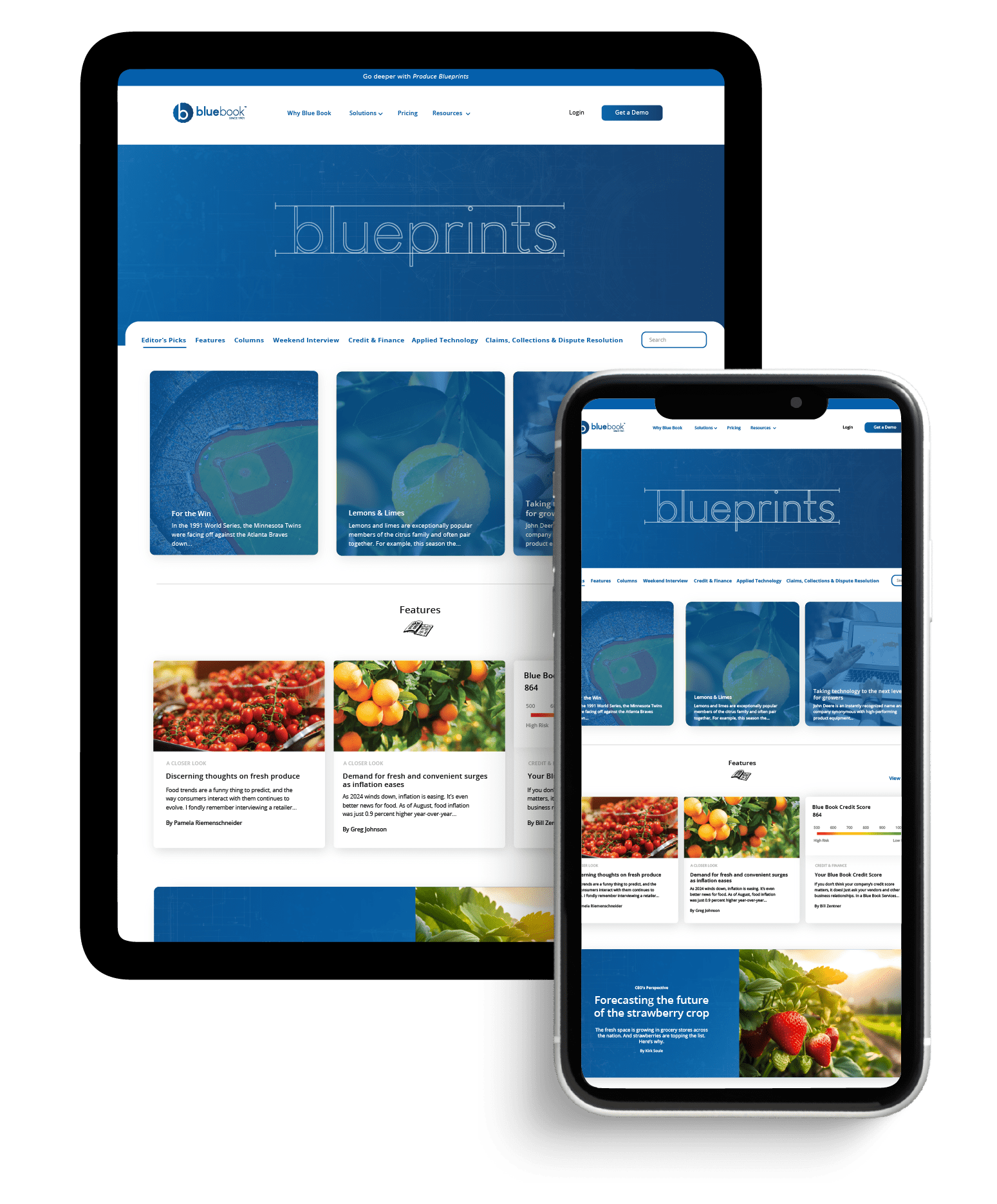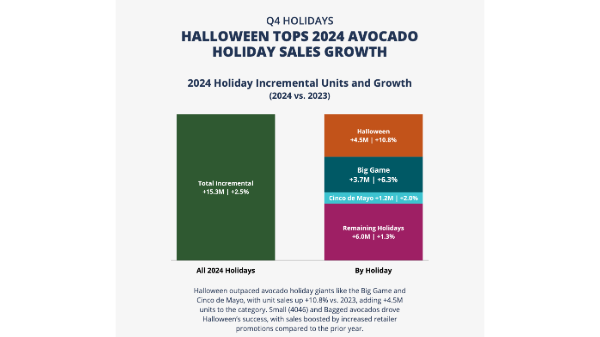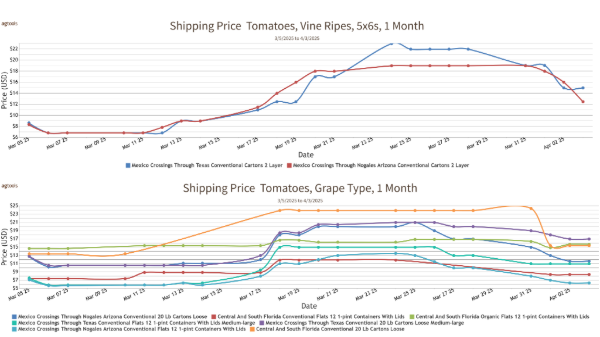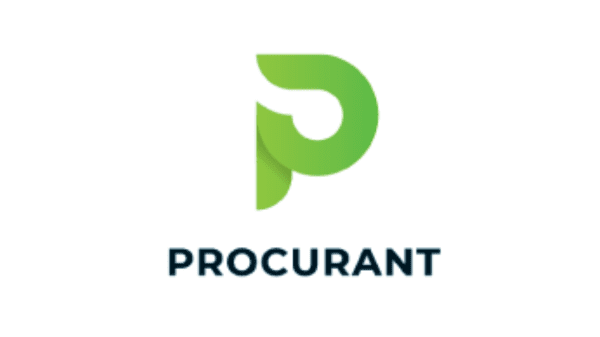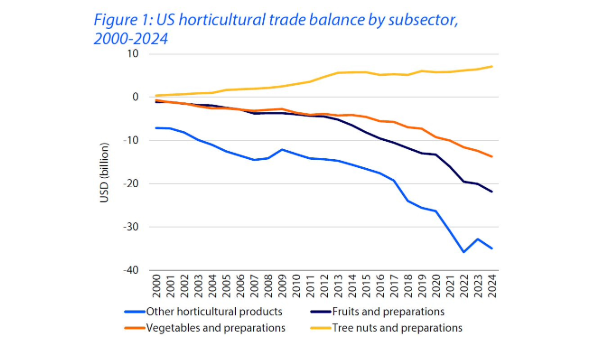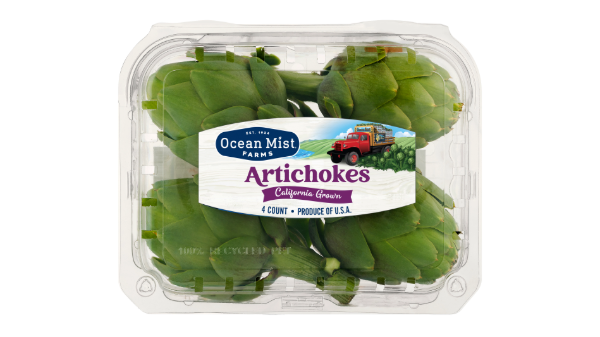Welcome to Blue Book!
Are you ready to join the thousands of companies who rely on Blue Book to drive smarter decisions? View our plans and get started today!
Still have questions? We’d love to show you what Blue Book can do for you. Drop us a line– we’ve been waiting for you.
Julia Inestroza, marketing director at Los Angeles, CA-based Gourmet Trading Company, highlights the opportunity to use sustainable consumer packaging such as biodegradable or compostable trays. She indicates these materials tend to be more expensive, but will reach a point of price parity with traditional packaging as usage grows. She also believes packaging strategies should not be developed in isolation.
As more retailers mandate consumer-level clamshells and bags rather than bulk containers, transportation implications must be analyzed. “We need to design packaging to maximize case counts per pallet and pallet counts per vehicle,” Inestroza says, “but I’m not sure this is fully taken into consideration.” A failure to effectively utilize freight container capacity in turn leads to additional deliveries, fuel consumption, and emissions.
Van Dyke also points out another important SCS link between packaging and transportation. Innovative packaging options allow Five Crowns suppliers to ship sweet corn without ice. This eliminates the added weight and space requirements for ice, allowing the company to ship more product in each freight container, and reducing the number of trips and net delivered cost, not to mention water usage.
Additional strategies for transportation include the use of fuel-efficient intermodal transportation for long hauls, low emission alternative fuel vehicles for local deliveries, and transportation management systems to provide optimal delivery routes.
The other major SCS opportunity involves produce storage. Cold chain warehouses are major consumers of electricity; to minimize energy consumption, industry leaders are investigating renewable sources like solar power. Inestroza sees a major opportunity, particularly when the facilities are located in sunny agricultural regions.
Other Innovations
Five Crowns took the solar route in early 2012, installing a 2.2 megawatt photovoltaic system at its Imperial Valley cooling facility in less than three months. The system is expected to offset 85 percent of the power needs of the cooling facility and a processing plant. Van Dyke notes that the project required an upfront commitment but will pay future dividends. “In the long run, we are better positioned from a sustainability standpoint. It will also have a positive financial impact.”
Produce companies should also seek out innovations that fundamentally change traditional processes. McCartney highlights a grape grower’s novel shift away from inefficient flatbed trucks in the fields: “They’re putting refrigerated vans in the fields for direct loading and immediate cooling of the grapes,” he states. “These vans will hold 24 pallets versus six for standard flatbeds, cutting the number of trips and protecting product quality.”
Such initiatives reveal that SCS strategies, small and large, can simultaneously benefit the planet, people, and profits. The only limiting factors are a produce organization’s creativity, risk tolerance, and return on investment requirements.


